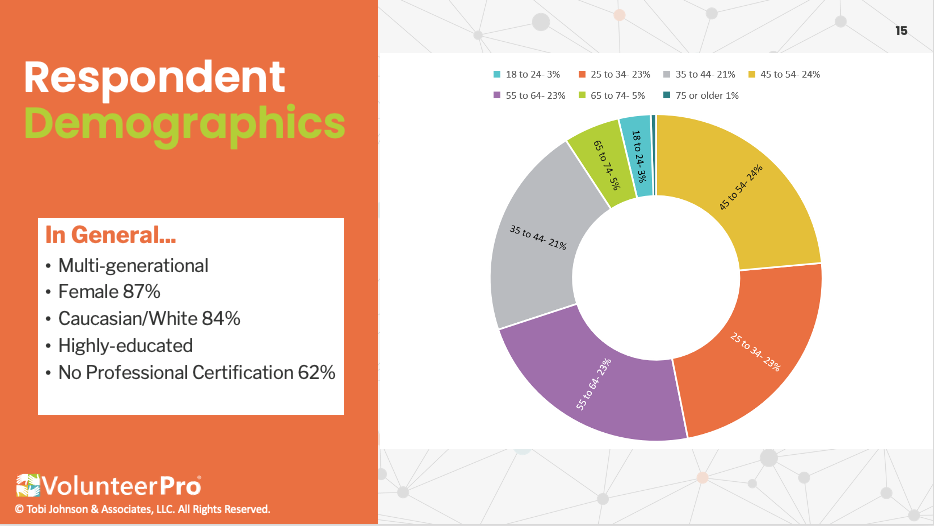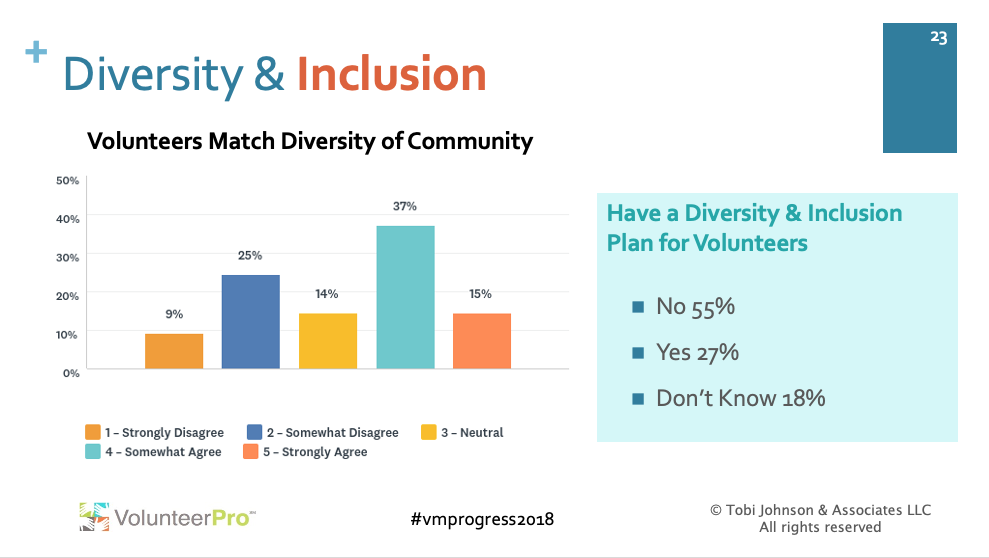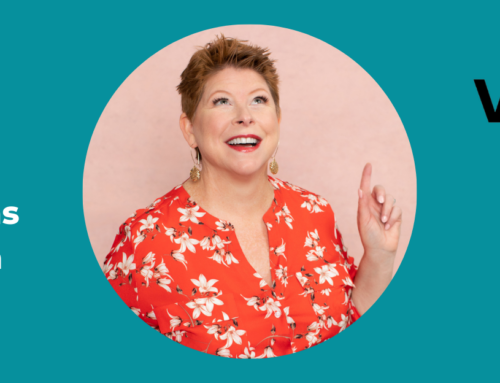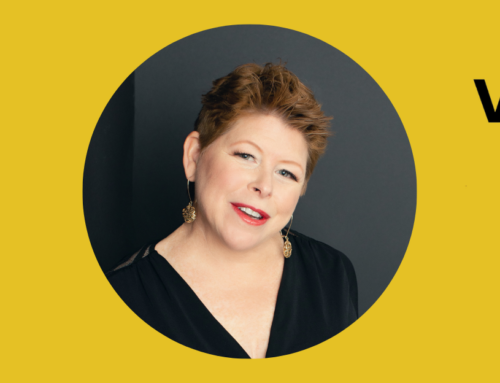 Building Bridges to Better Volunteer Diversity & Inclusion
Building Bridges to Better Volunteer Diversity & Inclusion
This post was originally featured in the June 9 VolunteerPro Blog.
As grassroots demonstrations continue throughout the world in support of black voices and lives, I hope you are inspired to look inward and seek to build greater volunteer diversity in your own organization.
While at first blush, this seems like a simple enough aim. It is anything but.
You might consider whether your volunteers fully represent the community you serve. You might reflect on whether there are barriers to service that are inherently biased. You might seek to build alliances with leaders in communities you don’t know (or fully understand) yet.
Or, you may have inadvertently been placed in the role of a teacher. You might be the person that your colleagues go to for clarity or guidance around their own blind spots. You may, or may not, welcome the invitation to share insights into your community or experience. And, you may be grappling about what your role should be.
It is indeed a complicated time, as we all struggle with rapidly evolving contexts, shifting expectations, and centuries of persistent wounds rubbed raw. And, we are reminded of racial inequities and violence that must be addressed … right here, right now.
For me, the past few weeks have been a roller coaster of emotion — from devastating grief to searing anger to humble contemplation to hope for a better collective future.
As nonprofit leaders, you have much to offer in this moment. You are credible and knowledgeable experts in building community connections. You often work collaboratively with others. You value people over profits.
In this moment, you also have a unique opportunity to become a conduit to connect communities from all walks of life to engage in a shared purpose.
In fact, the simple act of working together, every shoulder to the wheel, can spark fresh insights, challenge fixed mindsets, and even destroy long-held misgivings about the “Other.”
As such, volunteerism, by its very nature, can be a powerful way to build bridges between people and can be one small tactic in a larger strategy toward achieving racial equity and justice.
But it would also be a mistake to believe that simply by welcoming new communities into service that inequities would be immediately resolved, or even that new volunteers would feel safe.
So, even with all our earnest work as a sector, there remain areas that require examination and improvement.
Let’s be honest — much, much more is needed.
Promoting Volunteer Diversity: The Hard Truth
When we seek to address injustices, we must also acknowledge power inequities at play.
The hard truth is that, despite all efforts and claims toward the common good, power inequities still abound in the social sector.
Power, in and of itself, isn’t necessarily evil.
We use it in our personal lives to achieve goals, build a platform, knit together mutually beneficial connections, act as an ally. We even seek to provide supports so that others can find a path to their own “empowerment,” however problematic that may be.
Nonetheless, power is indeed wielded and can do damage. So, it should be recognized for what it is, especially in our own sector.
Foundations wield power over nonprofits. Nonprofit boards of directors wield power over executives. Leaders wield power over subordinates. Paid staff wield power over unpaid staff, despite the common complaints of friction. The list goes on.
As we have learned from so many wise anti-racist thinkers and doers, addressing racial inequities means addressing the inherent power imbalances in society. This goes for organizations, too.
At the organizational level, power imbalance rarely, if ever, favors those who are oppressed by it.
And, for those imbued with privilege from birth, the examination of power can also be an uncomfortable reality, however necessary and required for the seeds of transformation to germinate.
Speaking truth to power can be uplifting. It can also be sobering for those who are just now contemplating the sheer gall and tenacity of centuries of violence perpetrated by one race against another.
But, no matter how hard, we must muster the strength to reckon with it.
As a white person with experience in community organizing, I view this moment in history with respect, humility, and also deep introspection. The culmination of voices raised in anger has generated an awe-inspiring groundswell of support to right deep wrongs.
But movements alone can also become a seductive palliative that never treats the root cause.
While organization after organization posts their statement of principles and alliance, it will be interesting to see what really changes.
The hard truth is that for racial inequity to be fully realized, those who enjoy the fruits and benefits of power must be willing to give some (or all) of it up.
Volunteer Diversity: 5 Concrete Steps to Take
When it comes to volunteers, staff often wonder what they can do to champion greater volunteer diversity in the face of deep societal issues, particularly when they themselves feel dis-empowered.
In addition, white leaders of volunteers may be unaware of their own inherent biases.
For five years running, the data in our Volunteer Management Progress Report has shown a consistent lack of diversity in volunteer management professionals. However imperfect the data, it is nonetheless educational.
We have asked, “Does volunteerism continue to have a diversity problem? Does this lack of diversity affect who becomes a volunteer? And, does it affect which volunteers learn of opportunities, thus reinforcing a cycle of sameness?”
I think it’s time to revisit these questions with more urgency.
Survey Respondents – 2020 Volunteer Management Progress Report
The good news is that there is plenty that leaders of volunteers can do within their own programs to address existing power imbalances and thus begin to take steps toward equity.
Below are some ideas to consider:
- Develop diversity, equity, and inclusion plans, specific to volunteer involvement. Our research has shown that most organizations do not have plans in place, and many report that their volunteers do not match the communities they serve.
- Meet with community gatekeepers and stakeholders to better understand the unique needs of their respective communities. Listen carefully. Seek first to understand, then be understood. Then, determine how you might be a resource.
- Afford volunteers equal footing in key decision-making, at the very least over issues that impact them directly. Converting top-down management practices to models like participatory leadership are a start. As a wise colleague once advised, “learn to lead from the back of the bus” rather than using a command and control approach.
- Add new layers of flexibility to volunteer screening practices. Black and brown men have experienced disproportionate criminal sentencing, and thus records, due to an unjust criminal justice system. Nonprofits should ensure that those who have paid their debt to society are offered the same opportunities as anyone else to serve their communities.
- Use volunteer surveys to track and compare perceptions across groups. Tracking demographics questions and cross tabbing results can help build consciousness around existing inequities and experiences, backed by statistics, that can be addressed head on and checked for progress.
These are only a few concrete actions you can take. There may be others that make more sense to you, or that your volunteers of color recommend.
Survey Respondents – 2018 Volunteer Management Progress Report
Although the path ahead doesn’t come with a simple road map, remember that the only way through fear and uncertainty is to take purposeful action.
It’s time to engage with, and expand, your community of supporters. Your investment in building a vibrant, diverse volunteer community of equals, however challenging, will be well worth the struggle.
It’s also the right thing to do.
Now is the time to choose what kind of leader you want to be from this moment forward.










Leave A Comment